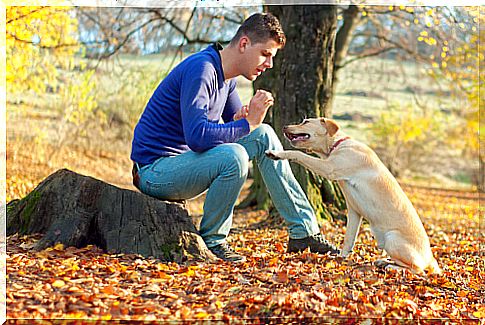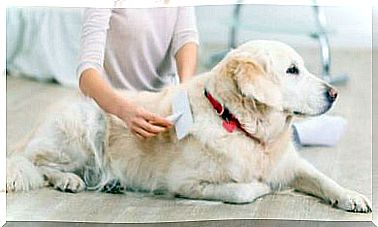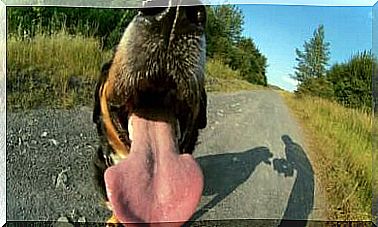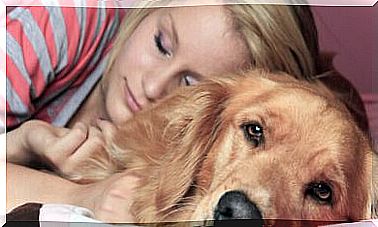Dog Training: 6 Tips

If you’ve got a dog and are wondering what the best techniques are to train him, here are some tips that will help you significantly improve his behavior. First let’s take a look at the different types of training.
Types of training
There are different levels of dog education: some dogs will learn the basic rules for family coexistence. Others will be able to acquire the skills necessary to become rescue dogs. You will have to choose between the various types of training, depending on your needs.
One type of training is that in which the dog is taught to behave well with other animals and with people. Part of this training deals with behavioral problems, such as excessive barking or biting into anything that comes within range.
Another variation is obedience training. This focuses on achieving dog obedience through the use of various commands, such as “sit down”, “stop barking”, “lie down”, among many things.
Agility training is aimed at those dogs that participate in sporting events, such as running, obstacle course or jumping. This is definitely a more advanced type of training, as it assumes the dog already understands the basic commands. It should be noted that during the competition the dog cannot receive any kind of prize, so you will have to create a strong bond with your friend, through the voice or with precise gestures. Any dog can learn these skills, although it is true that some breeds are more inclined to sport than others.
Six basic tips
Listen to your dog and give him lots of love. Learn to understand it. If the dog feels uncomfortable when it encounters another animal or person, do not force it to greet; he is telling you that for some reason he is not feeling relaxed and this must be respected. Forcing coexistence can lead to major problems – make sure you give your dog all the attention it needs. Let him know if he has behaved well and if you exaggerate a bit in doing so, nothing serious.
As delicious as premium treats may be, that doesn’t mean they have to please your little friends. Some dogs are very selective about their favorite foods. Soft and chewy premium treats generally arouse more interest than hard, crunchy prizes. So keep your eyes open to discovering what they really like. There is nothing inherently wrong with telling your dog “no”, although it is preferable to tell him directly what you want him to do, so you will avoid confusion.
Consistent rules. Whenever you give your dog a rule it is important that all family members support you. Acting in accordance with fixed rules is the key so that the dog does not get confused and can adopt good behavior.
Set realistic goals: Changing a dog’s behavior takes time, so be realistic in your expectations. For example, in the past seven years have you never cared that your dog puts his paws on people? If you have now decided that you shouldn’t do this anymore, changing this behavior will take much longer than it would have taken as a puppy. However, remember that it is never too late to change a dog’s behavior, it will simply take, in some cases, more time.
Do not underestimate the benefits of a healthy diet : feed your dog a quality diet, with adequate amounts of protein: this is essential because in addition to improving his health it affects behavior. Therefore it is advisable to always consult the veterinarian about the diet and the amount of food to be administered.
Rewards : The idea of using food treats to train your dog can work as a reinforcement, but don’t abuse them. Better to alternate training with games and walks.
Freedom : Let your dog gradually gain his freedom in the house. A common mistake is to give them too much freedom right away. This can easily lead to domestic accidents or to find everything in their path chewed up. Therefore, in the beginning, closing the doors of some rooms may be a necessary action.









